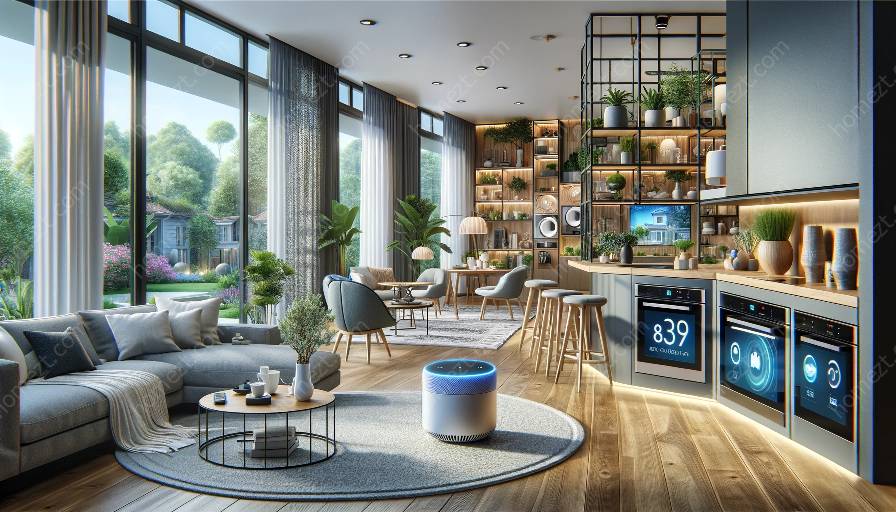With the rise of intelligent home design, the use of voice-controlled home appliances has become increasingly popular. In this article, we will explore the advantages and disadvantages of integrating voice control into household devices, shedding light on its impact on modern living.
The Pros of Voice-Controlled Home Appliances
Voice-controlled home appliances offer several benefits that contribute to a more convenient and efficient living experience.
- Hands-Free Operation: One of the key advantages of voice-controlled appliances is the ability to operate them without the need to physically touch the device. This is particularly useful when cooking, cleaning, or when hands are otherwise occupied.
- Accessibility: Voice control provides a seamless interface for individuals with mobility challenges, allowing them to easily interact with household appliances and devices.
- Integration with Smart Home Systems: Voice-controlled appliances can be integrated into broader smart home systems, enabling users to control multiple devices with simple voice commands, creating a more cohesive and interconnected living environment.
- Increased Efficiency: Voice commands can streamline daily tasks, such as adjusting the thermostat, turning off lights, or setting reminders, ultimately saving time and effort for users.
- Personalization and Customization: Many voice-controlled devices offer personalized experiences, allowing users to tailor settings and preferences to their individual needs and habits.
The Cons of Voice-Controlled Home Appliances
While voice-controlled home appliances offer numerous advantages, there are also certain drawbacks to consider.
- Privacy Concerns: The always-on nature of voice-controlled devices raises concerns about privacy and data security, as there is potential for voice recordings to be captured and stored by the device or service provider.
- Reliability and Accuracy: Voice recognition technology may not always accurately interpret commands, leading to frustration and inefficiency, especially in noisy environments or for individuals with speech impediments or accents.
- Dependency on Internet Connectivity: Voice-controlled appliances often rely on a stable internet connection, which can be a limitation in areas with poor connectivity or during internet outages.
- Learning Curve and Compatibility: Some users may find it challenging to adapt to voice commands or may encounter compatibility issues when integrating voice-controlled appliances with existing smart home systems or devices.
- Cost: The initial investment in voice-controlled home appliances and the associated smart home infrastructure can be a significant financial commitment for some households.
Voice Control and Intelligent Home Design
Integrating voice control into intelligent home design presents opportunities to transform living spaces into more functional and responsive environments. By leveraging the benefits of both voice-controlled appliances and intelligent home design, homeowners can create homes that are not only more convenient but also more energy-efficient, secure, and comfortable.
Furthermore, the synergy between voice-controlled appliances and intelligent home design can contribute to sustainability efforts, as seamless control of energy-consuming devices and systems can lead to reduced resource consumption and environmental impact.
Conclusion
Voice-controlled home appliances have the potential to revolutionize the way we interact with our living spaces, offering numerous benefits in terms of convenience, accessibility, and efficiency. However, it is crucial to consider the privacy implications and technical limitations associated with this technology. When integrated thoughtfully with intelligent home design, voice-controlled appliances can contribute to creating more responsive, connected, and sustainable living environments.


